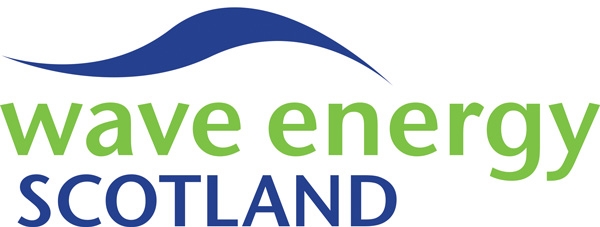Lead contractor
Ove Arup & Partners Ltd
Sub-contractor(s)
Cruz Atcheson Consulting Engineers Lda
Overview
Prior to issuing technology development calls, Wave Energy Scotland carries out landscaping studies to identify the state of the art for the selected technology development areas, and share this background information with the sector. This landscaping study investigates the typical structural forces and stresses expected to be encountered by Wave Energy Converters (WECs), and details of standard analysis techniques.
The report is aimed at developers of WEC devices and others in the supply chain who have a stake in the design, fabrication, operation and certification of wave energy converters.
The objective of this report is to provide guidance on the application of relevant methods and standards to the design and analysis of WEC devices and not intended to be a definitive nor an exhaustive list of design requirements, rather signposting to existing methods and standards in the context of WECs.
The project was delivered by Ove Arup & Partners (Scotland) Ltd with partners Cruz Atcheson Consulting Engineers Lda.
Structural Forces and Stresses for Wave Energy Devices
June 2016
The report is broadly presented in two Sections with distinct objectives. Section 1 aims to highlight existing standards and practices that are relevant to WECs; Section 2 aims to propose suitable methodologies for the load assessment and structural analysis of WECs through interpretation of these standards and practices. The report builds on previous studies which have provided more practical guidance but may have focused on a single software or device, rather than providing an independent overview of alternative techniques.
The report also includes the results of a survey of active WEC developers. The findings of this survey show that the developer community is making use of a range of tools and techniques. However, these are not always deployed at the right stages of design development, and not necessarily to the level of detail appropriate for the maturity of the technology being pursued. These survey findings suggest that the industry is not operating as effectively as it could and that the industry may benefit if more robust methodologies were in place.
A representative example is also presented to demonstrate certain methodologies described in this report. This example highlights some of the challenges that the industry faces which could be addressed through the provision of further guidance beyond this report. The report concludes with a suggested methodology for load and structural analysis of WECs.

